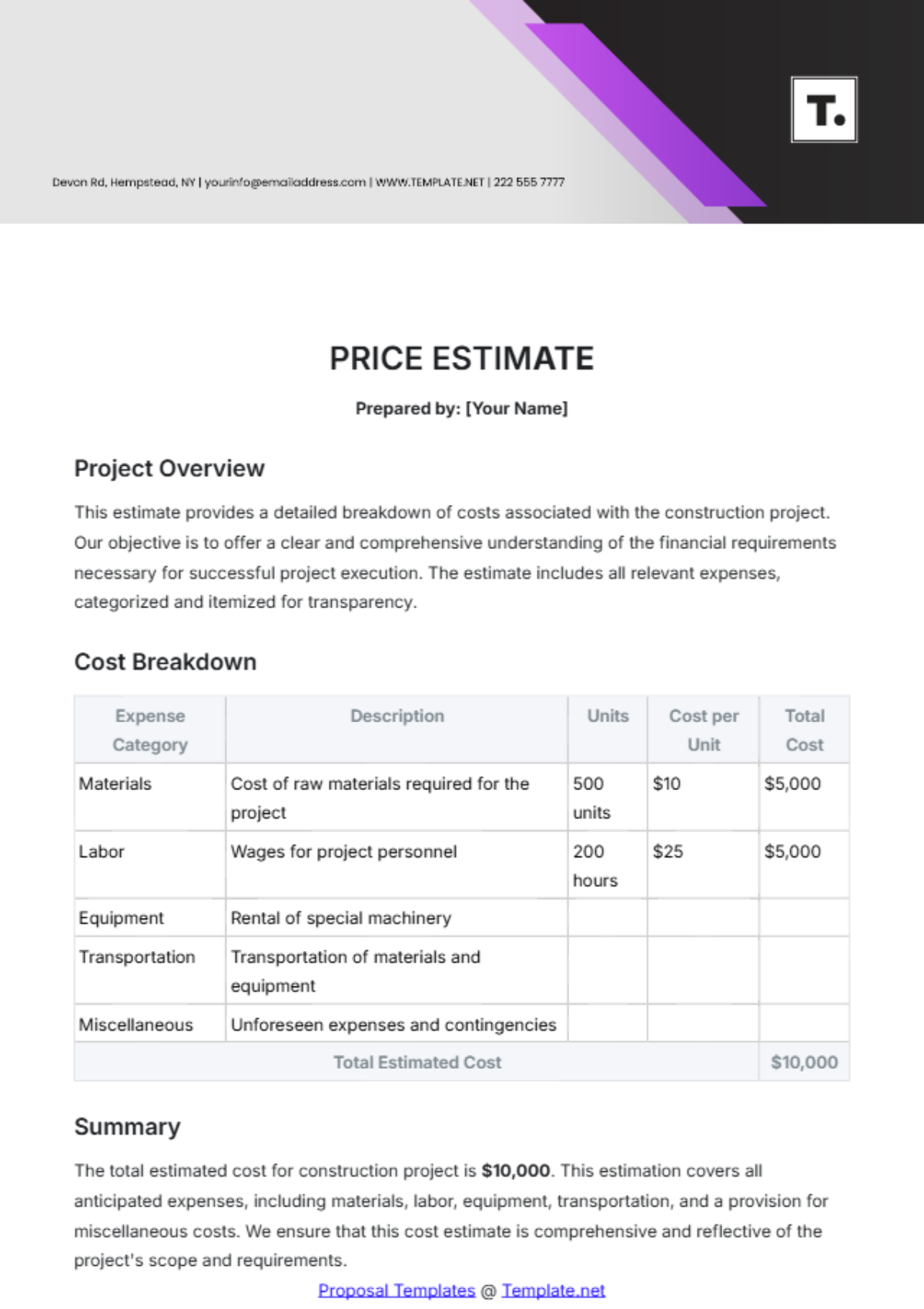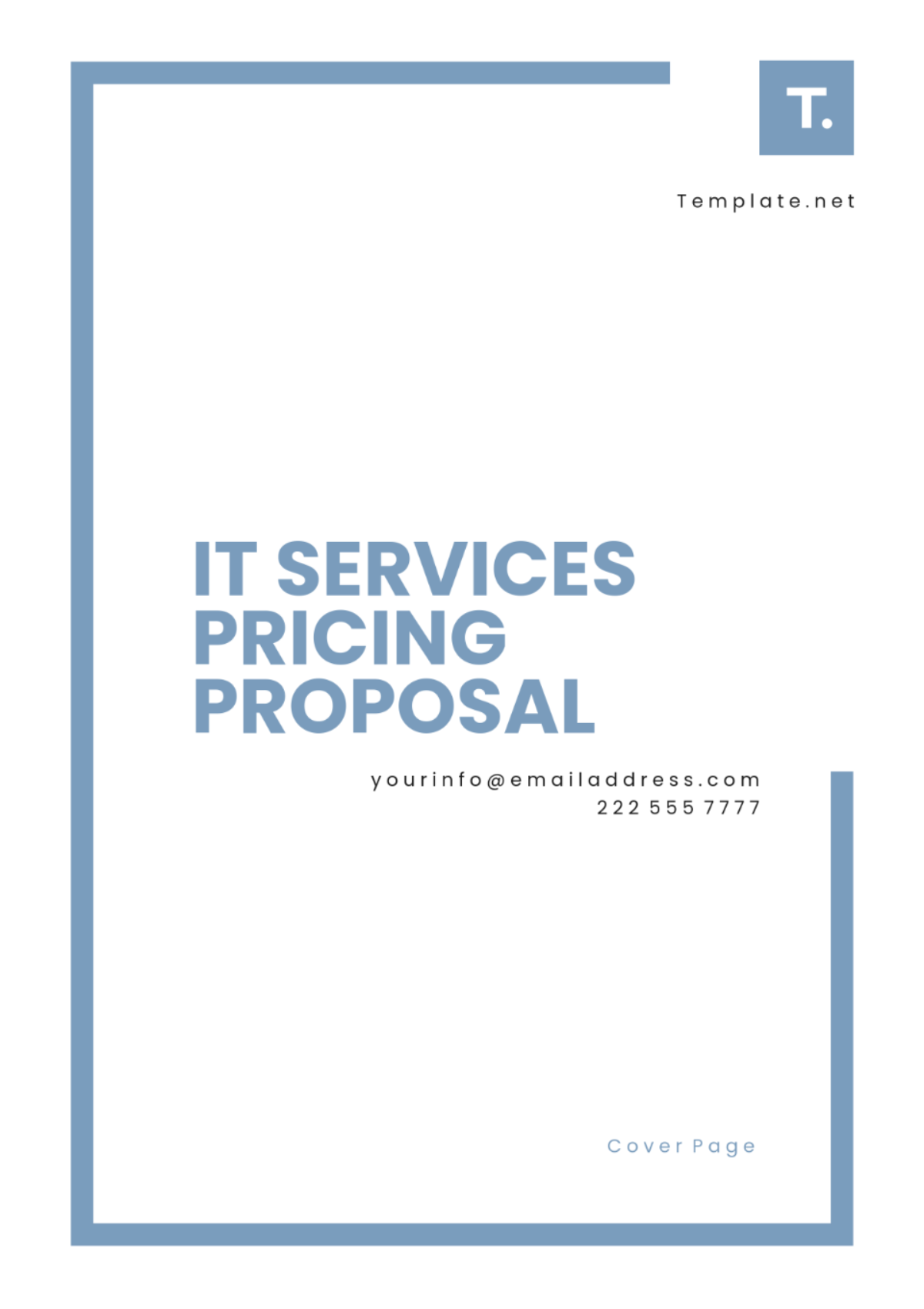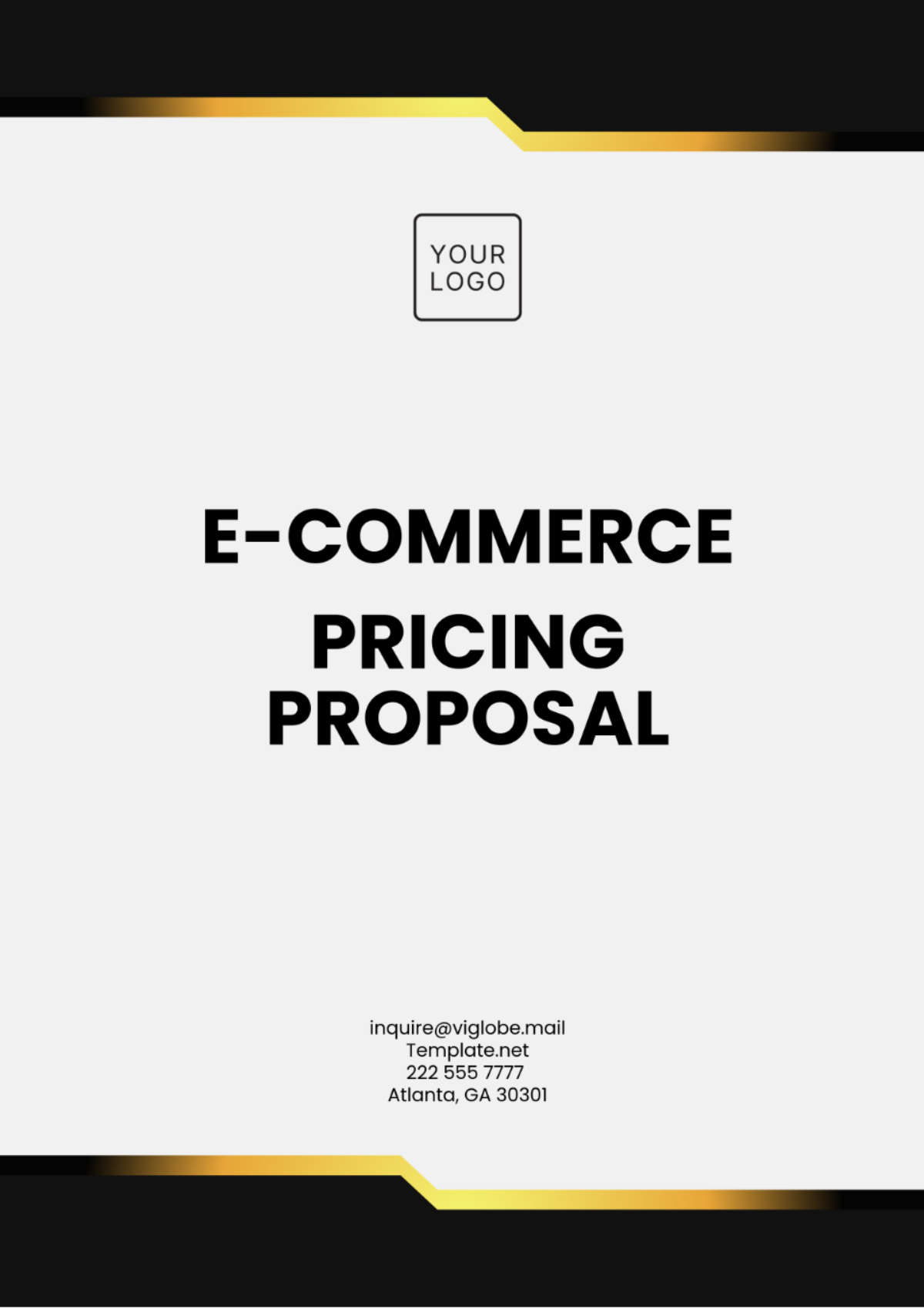SWING PRICING PROPOSAL
Prepared by: [Your Name]
I. Introduction
This proposal outlines the implementation of swing pricing for our investment fund products. Swing pricing is a mechanism used in mutual funds to adjust the net asset value (NAV) per share to reflect the costs associated with trading fund securities caused by shareholder purchases and redemptions. This initiative aims to protect the interests of existing investors by mitigating the impact of transaction costs from large inflows or outflows on the fund's performance.
1. Background
Swing pricing has been implemented in various forms across global financial markets to address the challenges of market liquidity and price impact. This practice has been recognized for its efficiency in equitably allocating transaction costs among investors, reducing the dilutive effect seen during high trading activities.
2. Objective
The primary objective of this swing pricing proposal is to safeguard existing investors in periods of high fund activity, improve liquidity management, and align our pricing structure with global best practices.
II. Proposed Implementation Model
The proposed model takes into consideration current regulatory guidelines and industry standards for swing pricing. The implementation will be carried out in phases, ensuring thorough evaluation and adjustment to market conditions.
1. Determination of Swing Thresholds
The swing threshold will be determined based on the fund size, historical flow patterns, and market volatility. This threshold represents the point at which the NAV can be adjusted to reflect the costs of transactions.
2. Calculation Method
We propose using two main formulas for calculating swing pricing:
Full Swing: Applied to all outgoing and incoming transactions once the threshold is met.
Partial Swing: Applied only to the portion of transactions exceeding the threshold.
3. Timeline for Implementation
We anticipate a gradual rollout of swing pricing over a six-month period, beginning with internal simulations in the first two months, followed by a pilot phase over the next two months, and full implementation in the final two months.
III. Impact Analysis
The introduction of swing pricing is expected to carry several benefits while also presenting challenges that must be carefully mitigated. Below is a projected impact analysis based on initial assessments.
1. Benefits
Enhanced protection for long-term investors against dilution.
Greater transparency in fund transactions and cost allocation.
Reduced volatility in NAV, reflecting true market conditions.
2. Challenges
Complexity in administrative operations and investor communications.
Potential short-term impact on fund attractiveness due to altered share pricing mechanisms.
Metric | Pre-implementation | Post-implementation |
|---|---|---|
Fund Flow Volatility | High | Reduced |
Cost Allocation Accuracy | Moderate | High |
IV. Recommendations
In consideration of the benefits and challenges identified, it is recommended that we move forward with the swing pricing model as outlined. It is vital, however, to maintain close monitoring of the implementation process to ensure flexibility and adaptability to market reactions.
1. Stakeholder Involvement
Ensure regular communication with stakeholders, including investors, regulators, and market participants, to gauge feedback and adjust the model as necessary.
2. Monitoring and Review
An internal task force will be established to oversee the implementation and monitoring process, with quarterly reviews and reports to stakeholders.
V. Conclusion
Swing pricing is a forward-looking approach that positions our fund to better handle market dynamics and transaction costs. By proceeding with this proposal, we commit to protecting our investors' interests and enhancing the fund's resilience in varying market conditions.
Signatures
Approved by:
 [YOUR NAME]
[YOUR NAME]
Chief Financial Officer




































